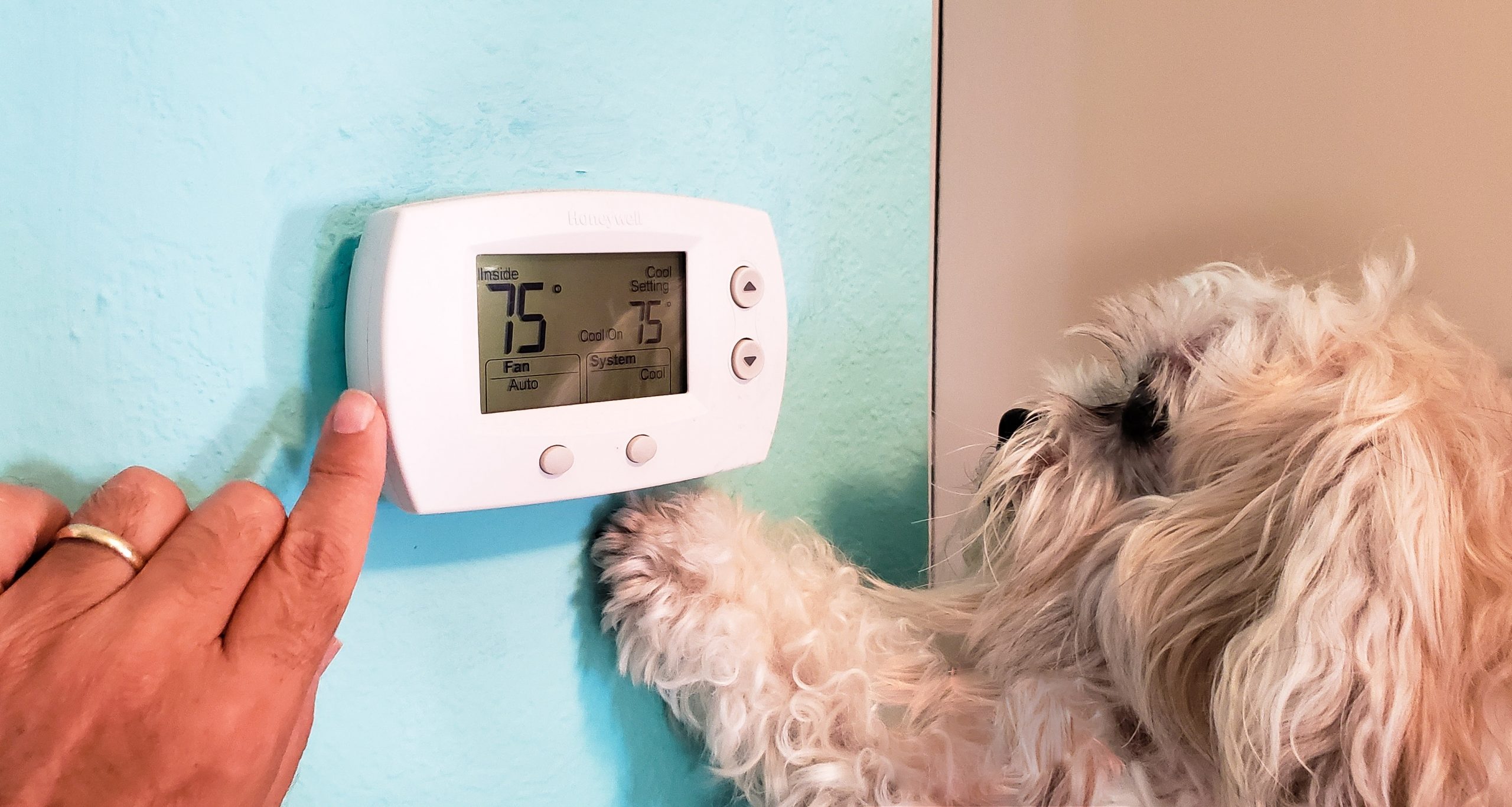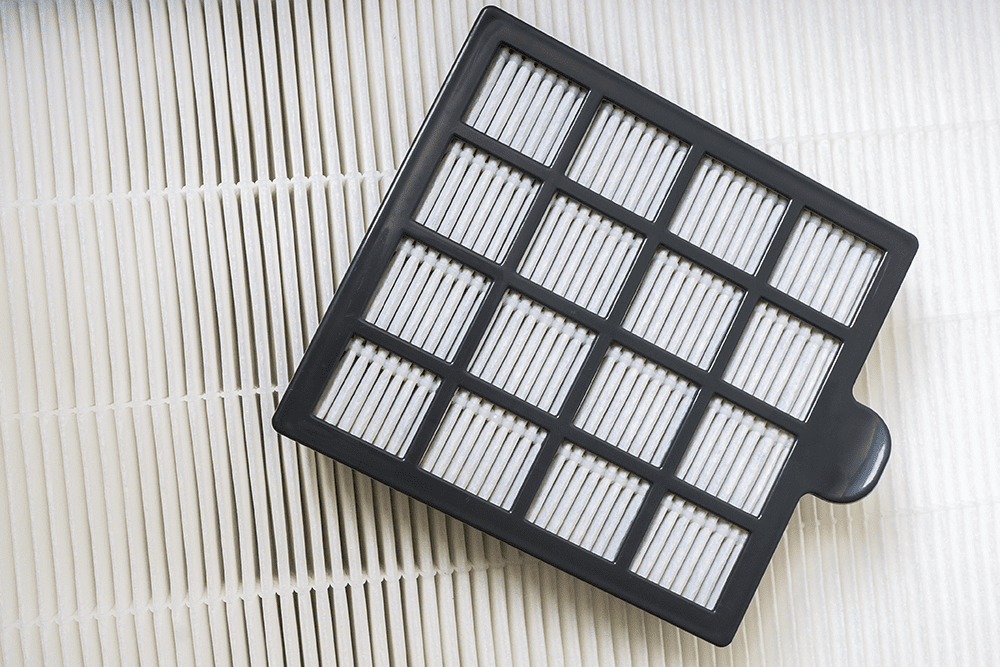
What’s a SEER rating?
SEER ratings can describe an air conditioner or heat pump’s efficiency and performance. If you’ve been researching air conditioners, and replacing the old unit you’ve probably seen it come up a few times. You may know what it means, but not how it relates to your cooling needs.
Having a higher SEER rating isn’t everything when picking out the right system for your home, but a cooling solution that’s more efficient than what you have is useful. In case you didn’t know, a SEER, or Seasonal Energy Efficiency Ratio, scores the efficiency of an AC system or heat pump.
- Entry-Level systems will have a 13-16 SEER
- Mid-efficiency, 16-18 SEER
- High-efficiency, 20+ SEER
National Standards
 The U.S Department of Energy (DOE) requires modern systems to be at least 13 SEER, but this can vary by state. In the northern states, the DOE requires systems manufactured in 2015 and newer to be a minimum of 13 SEER. But in southern states, 14 SEER is the minimum requirement.
The U.S Department of Energy (DOE) requires modern systems to be at least 13 SEER, but this can vary by state. In the northern states, the DOE requires systems manufactured in 2015 and newer to be a minimum of 13 SEER. But in southern states, 14 SEER is the minimum requirement.
These standards will be raised, starting on January 1, 2023–the minimum will be increased to 14 SEER and 15 SEER respectively. This won’t affect what you currently have but may affect options past 2023. This increase is estimated to save thousands of homeowners money on their energy bills.
What’s the Difference?
Manufacturers use SEER ratings for central air units and heat pumps. An EER rating–Energy Efficiency Ratio, measures the efficiency of room air conditioners. Which are usually smaller, window-mounted units.
EER units tend to be more consistent because they do not factor in the range of seasonal temperatures like they do for SEER ratings. SEER ratings are used much more frequently when scoring a unit’s efficiency.
A Good SEER Rating
A “good” SEER rating depends on what you and your home need. For example, to a family with a large home in a warm, humid climate–a 20 SEER may only be “good” but less than that would be less than ideal.
While I can’t pinpoint what SEER rating is proper for you and your home’s needs–one of our skilled technicians will be able to assist you with that. At least having this many options means there’s a variety of ways to meet most budgets and comfort goals.
The highest rated systems can reach 26 SEER and above, though we typically recommend getting a system with at least a rating of 15-16 SEER, the best system ultimately depends on what you need. No matter the SEER rating, all air conditioners will cool your home to a set temperature, regardless of their rating.
In Conclusion
Choosing the right SEER rating for your home can be important, but may not be the first thing you need to think about when you are replacing an older air conditioner in your home, but it is worth giving a little thought. A system that is 10 years or older will likely see larger savings than somebody with a newer more advanced unit. If you have further questions, call one of our certified pros.
continue reading
Related Posts
For homeowners and business owners in Auburndale, FL, having an […]
Geothermal HVAC Heating and Cooling: The Future of Energy Efficiency […]
Indoor Comfort Takes a Quantum Leap: Exploring Innovative HVAC Smart […]



